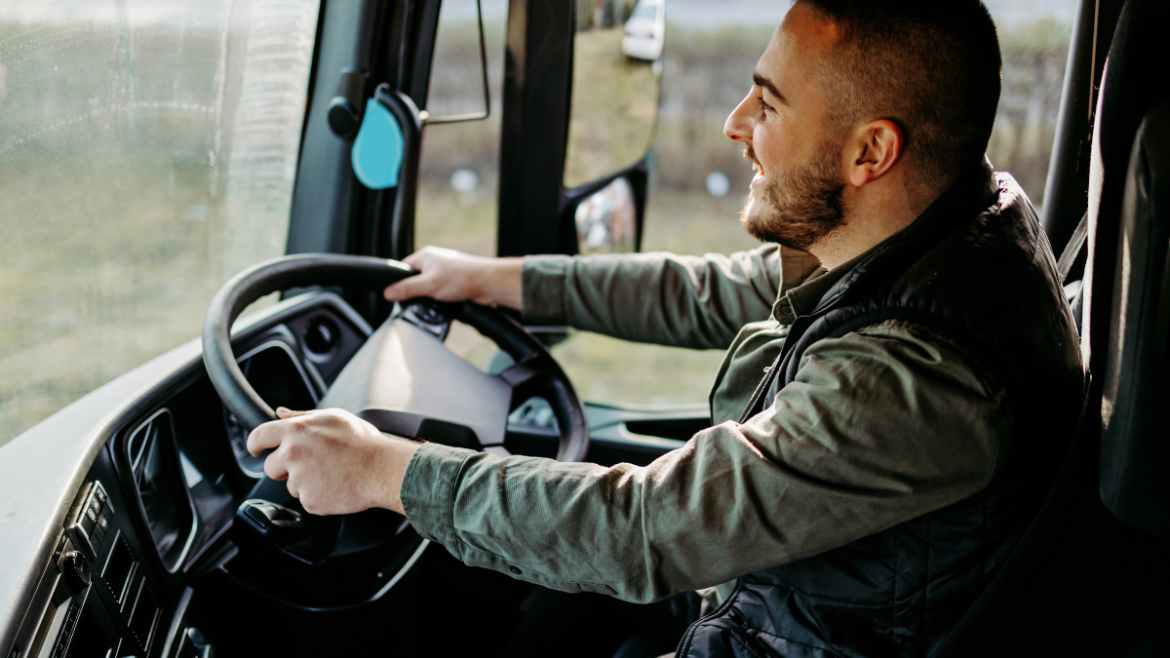In recent years, the integration of new technology has been a major factor in the trucking industry. For a popular example, look no further than cameras on heavy-duty trucks. Thanks to the latest smart camera technology, truckers can gain new insights, capture more angles, and derive more operational value from video than ever.
Why are smart cameras such a hit in the trucking industry? Read on to learn why, as well as to find out about other examples of tech that help truckers reduce their liability!
How Cameras Help Trucking Fleets
The main reason fleets deploy cameras hasn’t changed: understanding what happened after a crash and aiding in litigation. However, the trucking industry is also increasingly relying on this technology to drive operational improvements. For instance, many fleets are now implementing road-facing and driver-facing cameras for their AI and computer vision features.
This new technology is particularly useful for adding context to what’s happening inside the truck and on the road. It can identify safety risks and alert drivers in real time. For example, it can detect the speed limit or see a phone in the driver’s hand, indicating the driver is distracted. Cameras can also identify stop signs, lane departures, drowsy driving, and a lot more.
Keep in mind that modern AI also has a more nuanced understanding of safety. It can use situational context to treat each safety risk at its own merits, i.e. not every instance of speeding or hard braking will sound the alarm. These systems are also highly configurable and allow you to set up alerts in real time, close to real time, or post hoc.
Safety, AI, and Reducing Risk
In combination with AI, video telematics have helped fleets manage risk a lot more effectively. Many fleets have small safety teams and many drivers, and this technology makes it easier for them to prioritize. Video telematics providers also combine video metrics with safety scores, engine data, and behavior metrics to provide a safety performance for each driver.
Truckers can also use real-time coaching to improve their driving. If a driver is recording too many hard turns, for instance, the technology will inform them to coast when they’re approaching a stop and how much pedal to use. With trucks being such expensive pieces of equipment, minimizing poor driving behavior is a priority for many fleets.
Other Examples of Tech in Trucking
Cameras aren’t the only new technology that helps truckers reduce their liability. The credit card processing space has also seen many innovations in recent years, including:
- EMV chip technology: This gives truckers a more secure way of processing credit card payments. Instead of relying on magnetic stripes, EMV chip technology allows for enhanced security features like dynamic authentication.
- Mobile payment processing: This technology allows truckers to accept payments from customers using their mobile phones.
- Contactless payment technology: This technology gives customers the option to make payments by tapping their card or phone on a payment terminal.
Thanks to this technology, credit card processing in the trucking industry has become safer and easier. The EMV chips, in particular, make it much harder for fraudsters to steal credit card data. Cybersecurity has been a key concern for truckers lately, and EMV technology can be their first line of defense against many of the most common financial scams.
Meanwhile, mobile payment processing and contactless payments make payment processing faster and more convenient for both fleets and customers. This gives fleets more time to experiment with new payment options, such as dual pricing.

